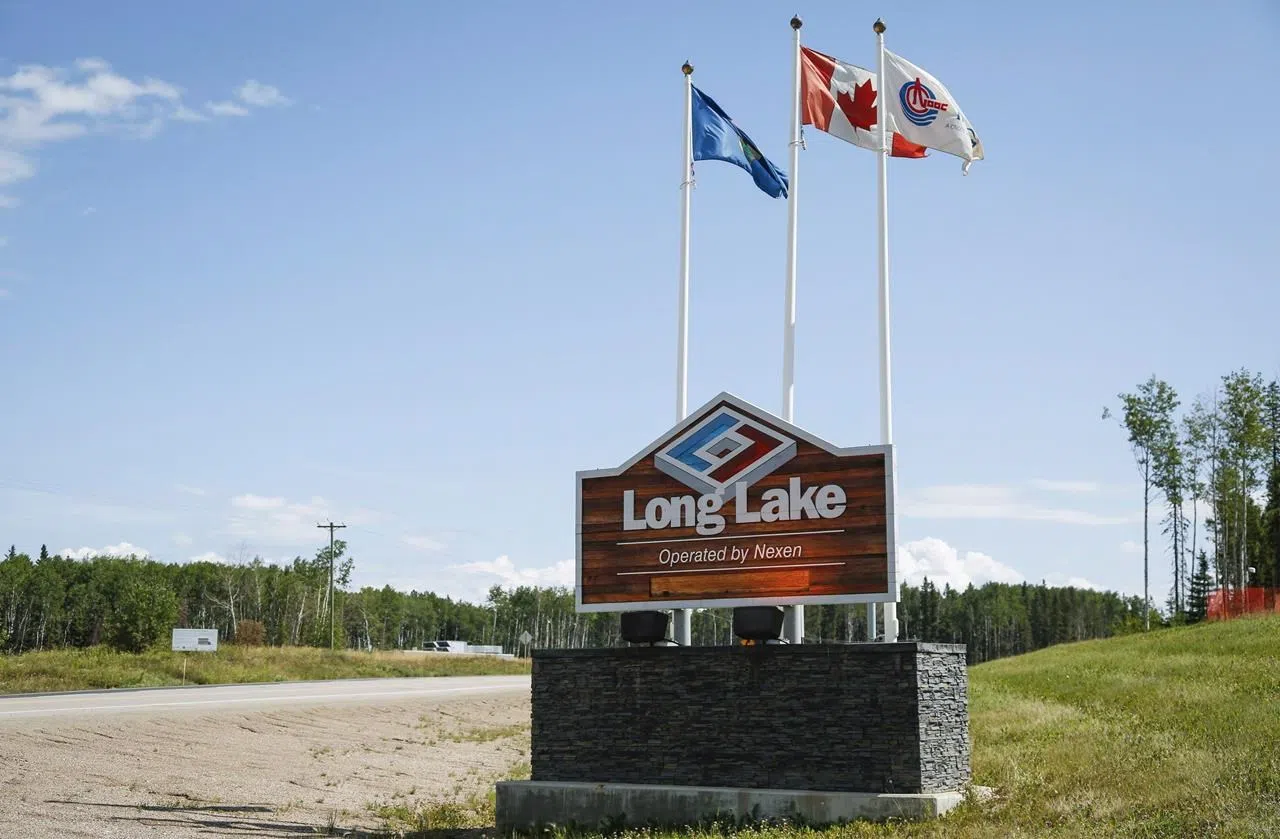
Nexen lays blame for January blast on workers, plans to cut 350 jobs
CALGARY — Nexen Energy is placing some of the blame for a fatal January explosion on the two workers who died in the blast, something at least one of the families has called a “disgrace.”
Ron Bailey, head of Canadian operations at Nexen, said that after an extensive investigation the company found that the explosion at the Long Lake oilsands facility in Alberta was caused by staff doing work they weren’t supposed to be doing. Damage by the blast is expected to result in 350 layoffs.
“Our investigation indicates that the incident was a result of work being performed outside the scope of approved work activities,” said Bailey at a news conference Tuesday.
But he said the company, a wholly subsidiary of Chinese state-owned firm CNOOC Ltd., couldn’t release further details about the incident — which led to the deaths of Dave Williams, 30, and Drew Foster, 52 — because Alberta Occupational Health and Safety is still working on their own investigation.



